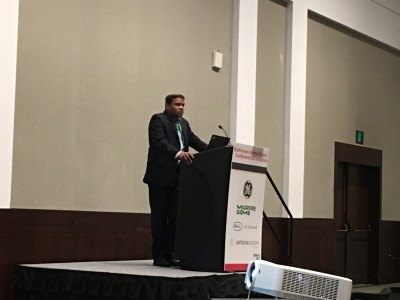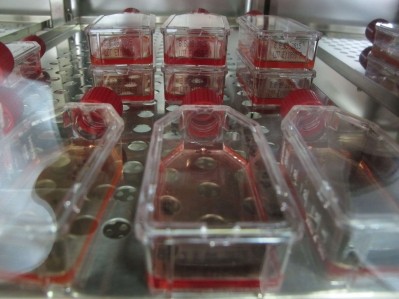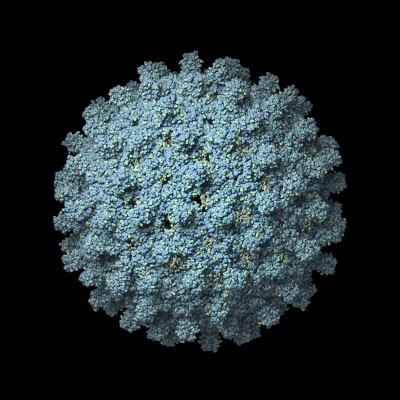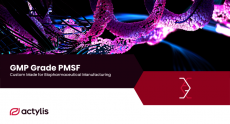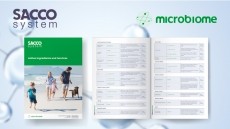GE on film: Reducing risk of leachables starts with the raw materials
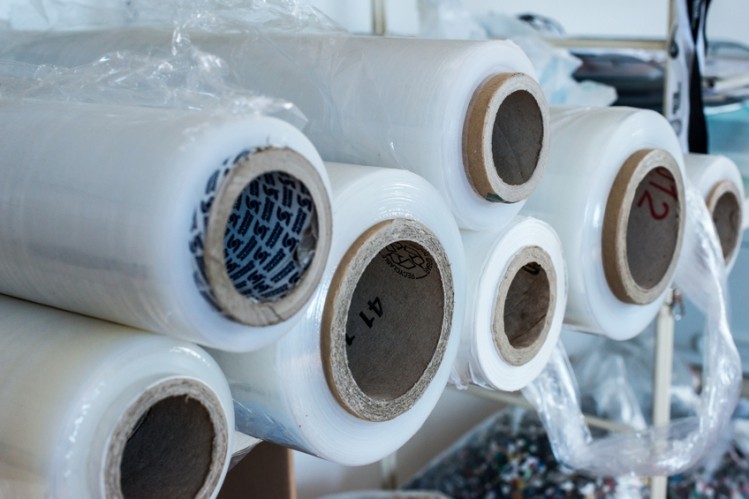
The agreement expands on an R&D collaboration with Sealed Air Corporation, and will see the plastics manufacturer initially make volumes required for qualification lots of a new film to be used across GE Healthcare’s single-use portfolio from a facility in Duncan, South Carolina.
Sealed Air has begun supplying the volumes of film required for qualification lots on the new film, with validation expected to be finalised early next year, said Morgan Norris, GM of GE Healthcare’s Upstream and Cell Culture division.
“Sealed Air was ultimately selected as our partner for developing a new film due to its ability to exhibit strong material science, active management and control of its supply chain,” he told Biopharma-Reporter.com.
Leachables
He added GE and Sealed Air have worked to ensure minimal risk with the new film from leachables – chemical entities that migrates from plastic films or other components of a bioprocessing system into a drug product, potentially affecting cell growth or contaminating an end product.
“Material selection and optimal process conditions have eliminated the need for commonly used additives such as slip agents and anti-blocking compounds,” he said.
“With such material omitted from the film, the risk of them extracting or leaching is also omitted. Antioxidant packages were carefully selected to provide low extractables & leachables [E&L] and excellent cell growth.”
Despite widespread adoption of disposable systems, the threat of leachables still worries industry, wishing to avoid a repeat of Amgen’s discovery in 2013 that the compound bis(2,4-di-tert-butylphenyl)phosphate (bDtBPP) was highly detrimental to CHO cell growth after it leached at low levels from a disposable bioreactor film.
“Qualification documentation for the new film will be published using the standard Biophorum Operations Group (BPOG) protocol to facilitate customers’ reviews and their own assessment of the E&L profile of their product and process,” Norris continued, adding “consistency will be ensured through a well-controlled manufacturing process and continued monitoring of the raw material supply chain and finished film.”
Transparency
Norris also told us Sealed Air’s “willingness to have open exchange and transparency of information,” is crucial “to ensure security of supply and facilitate our customer’s product characterization for leachable studies and other material evaluations.”
This, he added, falls into the latest guidelines from the BPOG – an industry group aimed at sharing operational best practices for biopharmaceuticals – that all suppliers and manufacturers should be transparent and provide robust data about their film.
“The validation of the new platform film, as well as single-use products based on this film, will implement these BPOG guidelines.”
